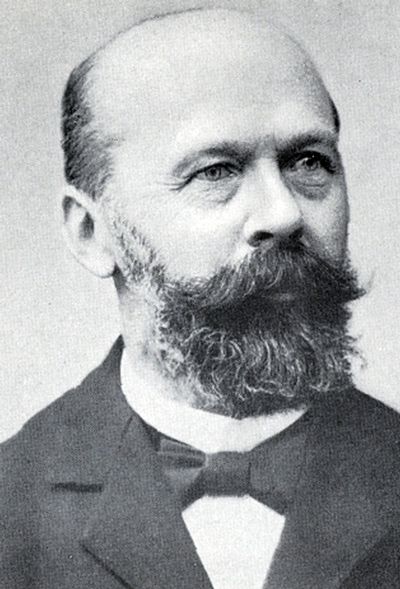Photo: professor Hermann Müller from Thurgau
Sometimes things come to my mind, but I cannot fit them in a proper article, so I’ll write them down here. Maybe I will expand later, but I don’t know.
Italian Masters of Wine
When I wrote Italian Masters of Wine: zero and counting of course I knew that, technically, there IS an Italian Master of Wine: Pierpaolo Petrassi.
I say technically for two reasons: first he sure has an Italian passport, his parents are both Italians and he speaks perfect Italian, but he was born and raised in London and as far as I know he has always been working in the UK. This fact maybe makes it a bit “less” Italian, so much that he is mostly ignored by the Italian wine Industry.
Second, in his own words, “I hope that Italy will soon have its Masters of Wine” (“Mi auguro che anche l’Italia abbia presto i suoi MW”) , which to me sounds like he does not consider himself really an Italian MW.
But anyway he IS Italian and an MW, so why is he almost unheard of? Well I think that what the Italian wine industry really desires is an Italian “representative” in the Master of Wine institution, more than an Italian MW tout-court. That is, someone raised in the Italian wine industry and able to promote it and add some prestige.
Bottling
I admit my ignorance: when I wrote Should we care about where a wine is bottled? I did not know that well, wine is often bottled outside its denomination. I thought that the part regulating vinification in the disciplinari included the bottling process as well. I ignored that Barolo is sometimes even bottled in Switzerland and that second fermentation for sparkling wine is very often carried out in big plants in northeast Italy. How naive! You do not learn this stuff from the books and the producers do not tell you unless asked: they like to boost the link between land and wine, it is not really something that they want to specify.
The conclusions of the post are still valid, but now I see the decision of the Soave Consorzio in a new perspective.
This reinforces my idea that the narration wine is largely marketing.
Crossings
Just some bits of knowledge.
While researching for a lesson, I was looking at the parentage of some very famous grape varieties. On books you typically find that Cabernet Sauvignon is a natural crossing of Cabernet Franc and Sauvignon Blanc, but I wondered: which provided the flower and which the pollen?
So, after a brief research I discovered that in botany when you see “Cabernet Franc x Sauvignon Blanc” or “Riesling x Madeleine Royale”, the first term before the “x” is the flower provider, the female, while the second term is the pollen provider, the male.
